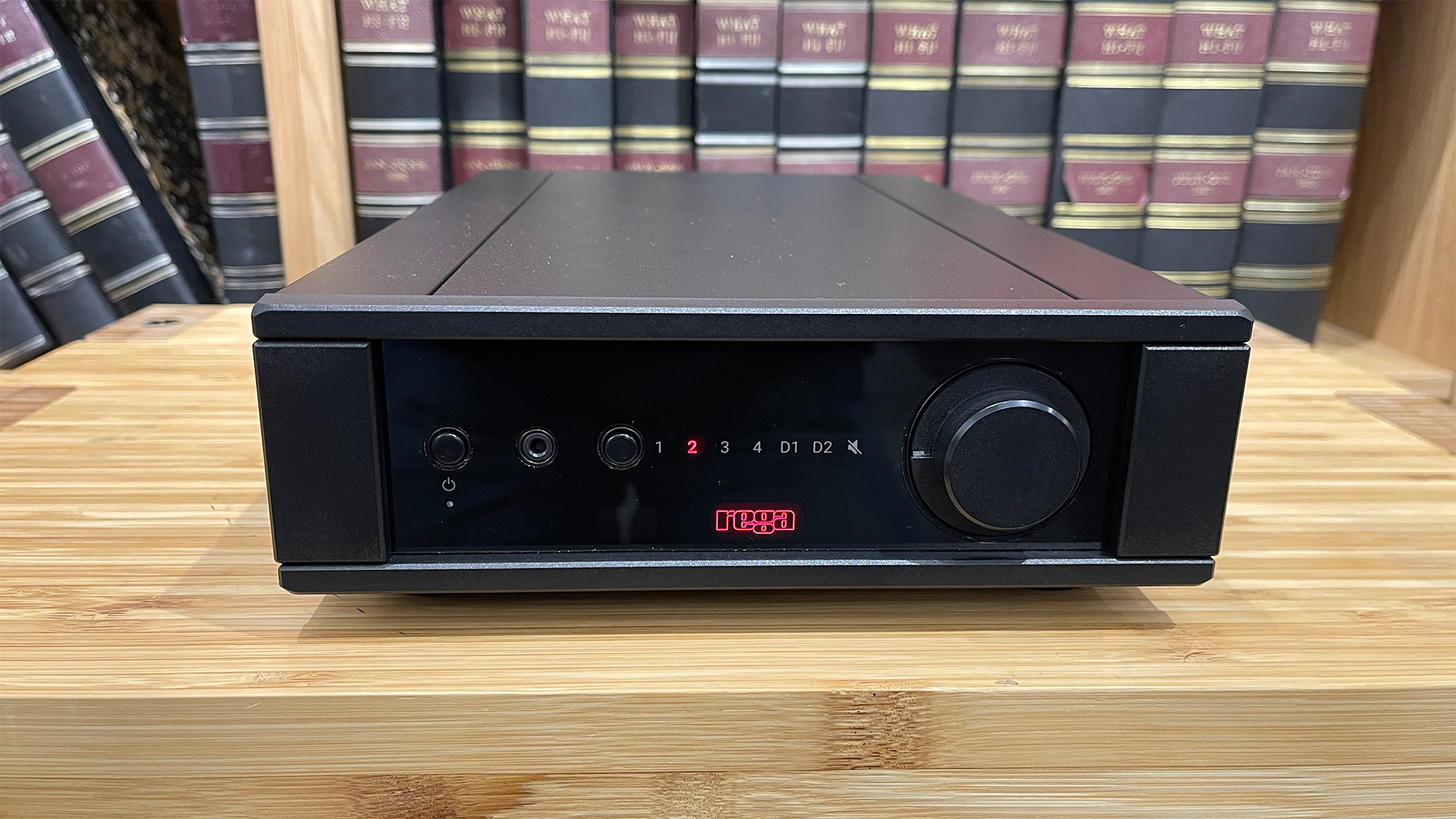What Hi-Fi? Verdict
The Rega Brio Mk7 may have jumped up a price class, but its excellent sound and handy list of features put it among the leaders
Pros
- +
Solid, punchy and exciting presentation
- +
Good phono stage and DAC module
- +
Meaty bass
Cons
- -
Plasticky feel to controls
- -
Difficult to make subtle volume adjustments when using headphones
- -
No USB input
Why you can trust What Hi-Fi?
Rega’s Brio has been one of our go-to affordable stereo amplifier recommendations for longer than we care to remember. The original was launched in 1991, and every generation since has been a frill-free analogue design, with priority given to good sound and a feature set that covered the basics.
The new Rega Brio Mk7 version doesn’t deviate much from this well-established path, but acknowledges the changing times by adding digital inputs. Less welcome is a price increase that pushes this amplifier into the next class up from its traditional, more affordable home, and puts it against some tough competition.
Build & features

With the Brio Mk7, Rega has persisted with the convenient half-width casing of the previous generation but changed the front and rear panel designs to match the styling of its current product range. The result is neat enough.
However, placing the old next to the new, we find ourselves preferring the metal controls of the last-gen model over the Brio Mk7’s plasticky alternatives. We’re not big fans of the new Brio’s cheap-feeling plastic rear panel either, especially given the amplifier’s increased price.
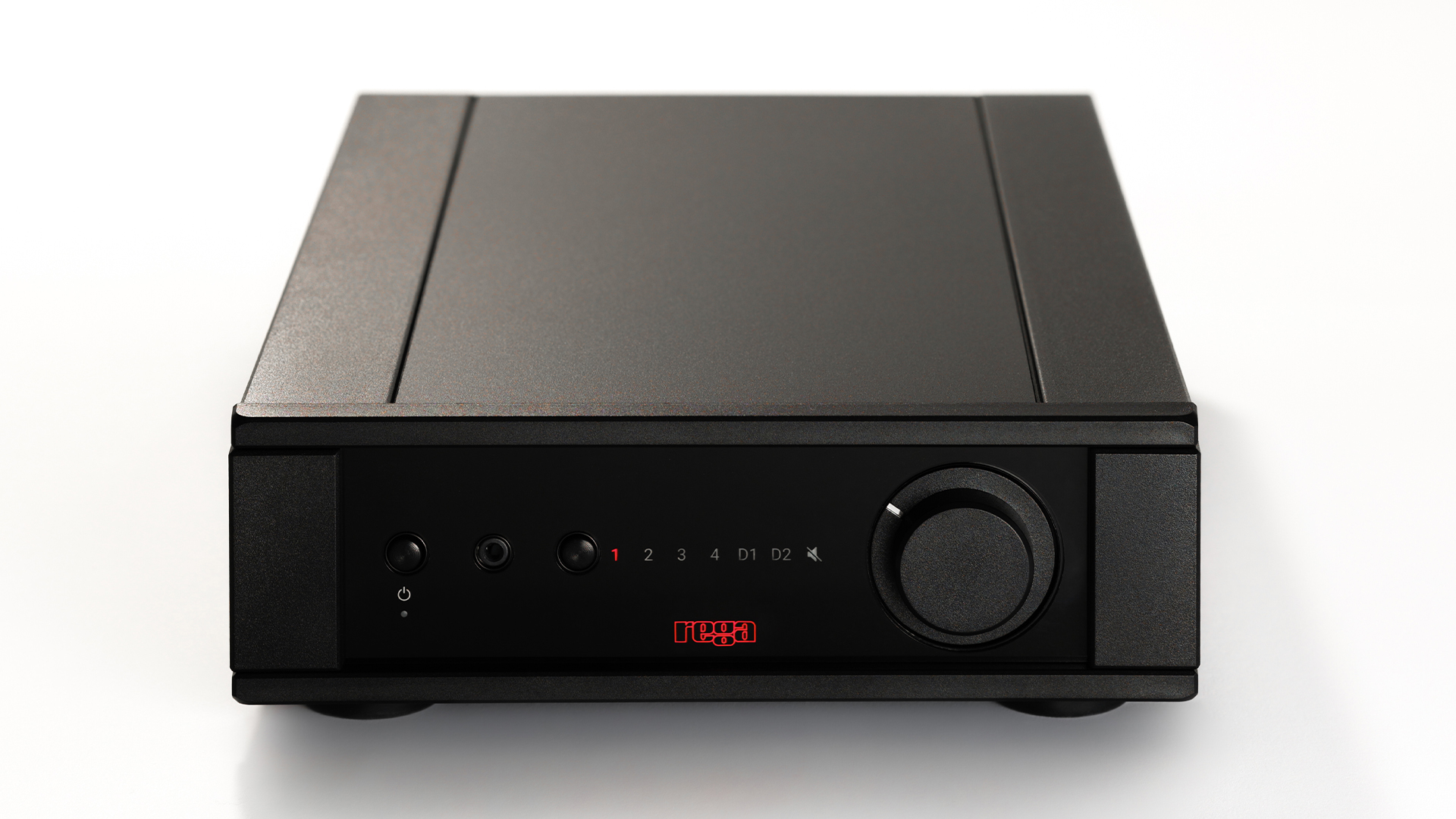
Phono stage? Yes (Moving Magnet)
Inputs Line level x3, optical, coaxial
Outputs Speaker
Bluetooth? No
Headphone output? Yes (3.5mm)
Dimensions (hwd) 7.9 x 21.6 x 36.5cm
Weight 4.9kg
Elsewhere, there is no issue with the swap from a front panel-mounted 6.3mm headphone output to a 3.5mm; most price-appropriate headphones come with this as standard, anyway. The new system remote is fine too, being well-designed and simple to use, if not particularly stylish.
Much the same description applies to the amplifier as a whole. Generally, it feels like a functional tool designed to do a job rather than something to impress friends with – until you listen to it, that is. More on that later.
The big news here is the addition of digital inputs. The Brio Mk7 offers the choice of single coaxial and optical connections, and is compatible with PCM files up to 24-bit/192kHz. DSD is not on the menu, nor is there a USB input. While the lack of these things is a little disappointing, neither is a deal breaker for us at this level.
It is important to remember that the Rega’s main rival, the Arcam A5, is no better equipped in these respects, though it does include a Bluetooth input, which the Brio doesn’t have. On the analogue side, the Rega has three single-ended line-level inputs, which, while not generous, should be fine for most systems.
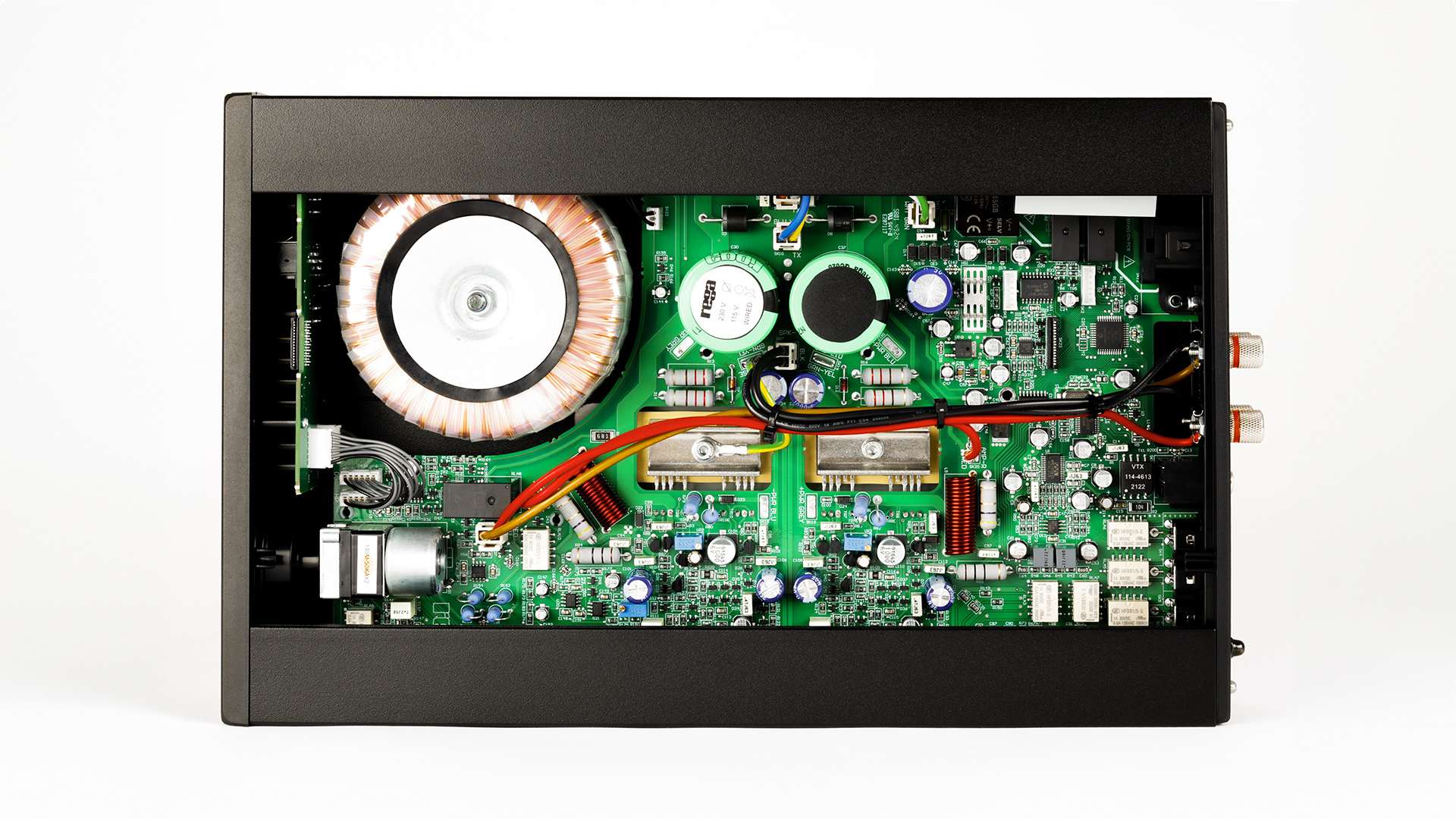
Take a look inside the Brio Mk7 and you will find a re-laid circuit board to improve performance and reduce distortion. The engineers have worked hard to improve the isolation between the sensitive moving magnet phono stage and the higher current sections of the amplifier.
The Brio’s power output remains the same as the previous model at 50 watts per channel into an 8-ohm load, rising to 72 watts as impedance halves. While the Brio Mk7 is no powerhouse, these are perfectly decent figures that mean it will be able to drive most price-compatible speakers without issue.
Rega has built a switchable auto-standby function into this amplifier, where it goes to sleep after around an hour without an input signal. It’s a neat touch, but can be turned off if you want to keep it fully warmed and ready to go.
During our time with the Brio Mk7, we use it with a range of sources from our high-end reference Naim ND555/555 PS DR music streamer and Technics SL-1000R/Vertere Dark Sabre record player to more price-appropriate alternatives such as the Rega Planar 3 RS Edition turntable package and the Cyrus CDi CD player. Partnering speakers include the KEF LS50 Meta and PMC Prodigy 1 alongside our trusty ATC SCM50.
Sound
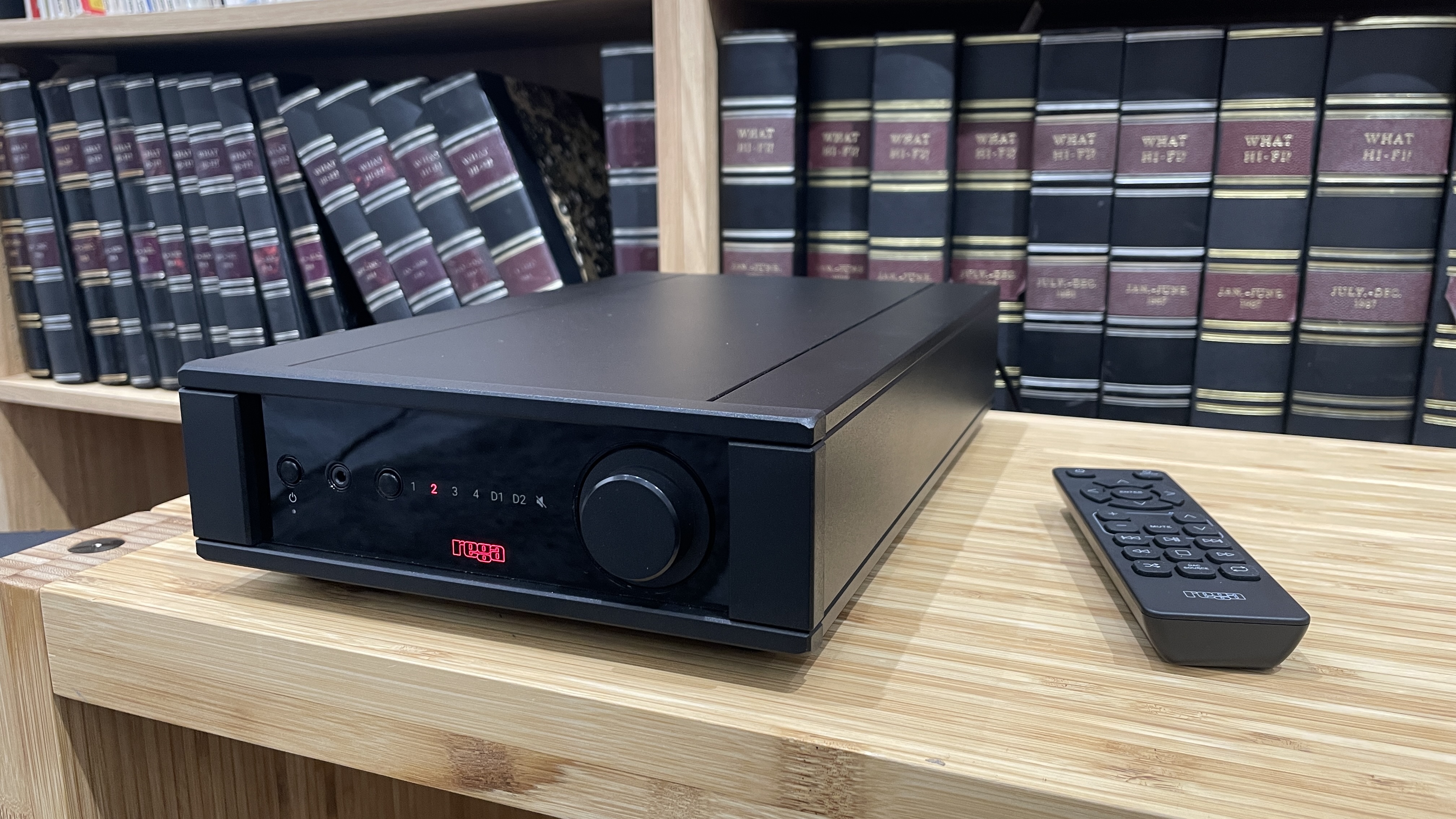
Our doubts about the Brio Mk7’s ability to compete at this higher price category prove unfounded. Judged by price standards, it is a hugely accomplished performer that puts clear air between itself and its predecessor. As we compare the two, it doesn’t take long to appreciate the new amplifier’s greater insight, organisation and improved dynamic expression.
The Brio Mk7 has a bold presentation, one that brims with confidence and substance. As we play Quincy Jones’s Back On The Block, it is hard not to be impressed by the Brio’s taut, grounded, low-frequency performance and its ability to deliver dynamic contests with conviction. It has a firm grip of rhythms too, giving the music a solid foundation and a great sense of momentum.
Detail levels are high, comparable with class leaders like Arcam’s A5, and all that information is organised in a neat and musically cohesive way. There is never any doubt as to the emotion any given artist wants the listener to feel. This has long been a strength of Rega’s Brio line-up, and this Mk7 version just reinforces that tradition.
Move your attention up the frequency band and you will notice that voices come through with clarity and natural warmth intact.
This little amplifier may have a relatively modest power output, but you would never know from the way it thumps out transients when the music demands. It can play at relatively high volume levels with composure too, and doesn’t leave us feeling short-changed, even with low sensitivity speakers such as the 85dB/W/m ATC SCM 50 speakers in our 3 x 7 x 5m test room.
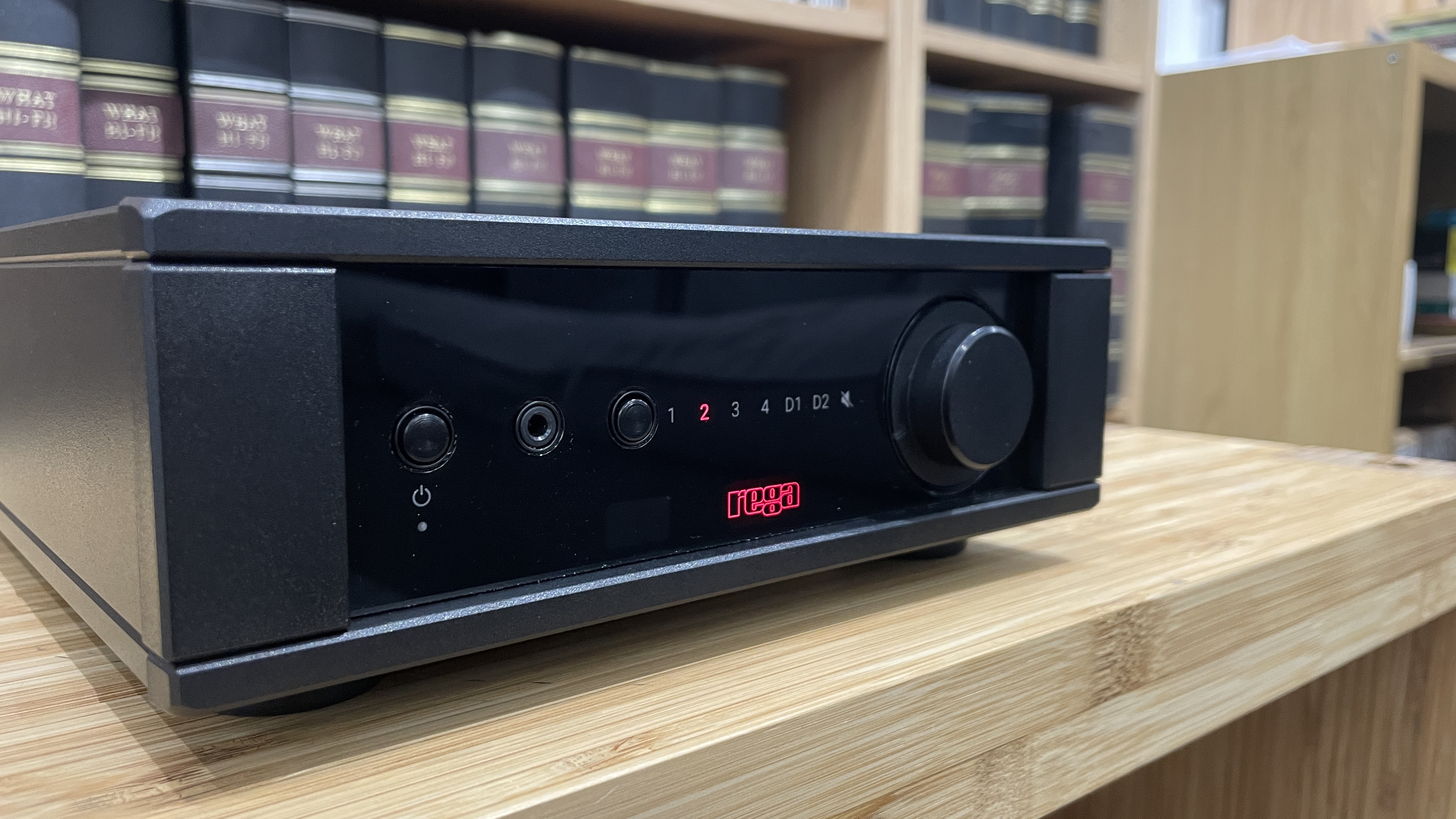
The Brio Mk7 stays firmly on track when asked to play a large-scale classical piece such as Holst’s Mars. It has the muscle to deliver the music’s savage swings with conviction, yet retains enough finesse to render instrumental textures or the low-level acoustic clues that define the size of the recording venue well.
Tonally, it sounds fairly even and full-bodied. While this is a direct and front-footed performer, there is still enough in the way of refinement and top-end sweetness to prevent it from becoming overly fussy about poor recordings or less than perfectly matched partnering equipment.
The Rega amp’s stereo imaging is good. It exhibits a pleasing sense of layering and the ability to keep instruments locked in place even when the music becomes complicated. This amplifier doesn’t generate the most expansive or spacious of soundstages, but it still does enough to convince.
We are pleased to report that the new DAC module is a good one. It retains the enjoyable character we hear through the analogue stages, sounding lively and forthright across a wide range of material from Nick Cave and Warren Ellis’s The Road OST to Joe Jackson’s Body And Soul set. There is a pleasing balance of analysis and entertainment on offer here. This digital module is certainly among the best we have heard integrated into an amplifier at this level.
It is less of a surprise to find that the phono stage is talented too, given that Rega has been built on a foundation of producing great record players. The moving magnet-only circuit is reasonably quiet in terms of hiss and hum and surprisingly capable. It communicates the energy of the music well, which is pretty much all we can ask for from such a design. The brand’s expertise in terms of phono stages and record replay shines brightly here.
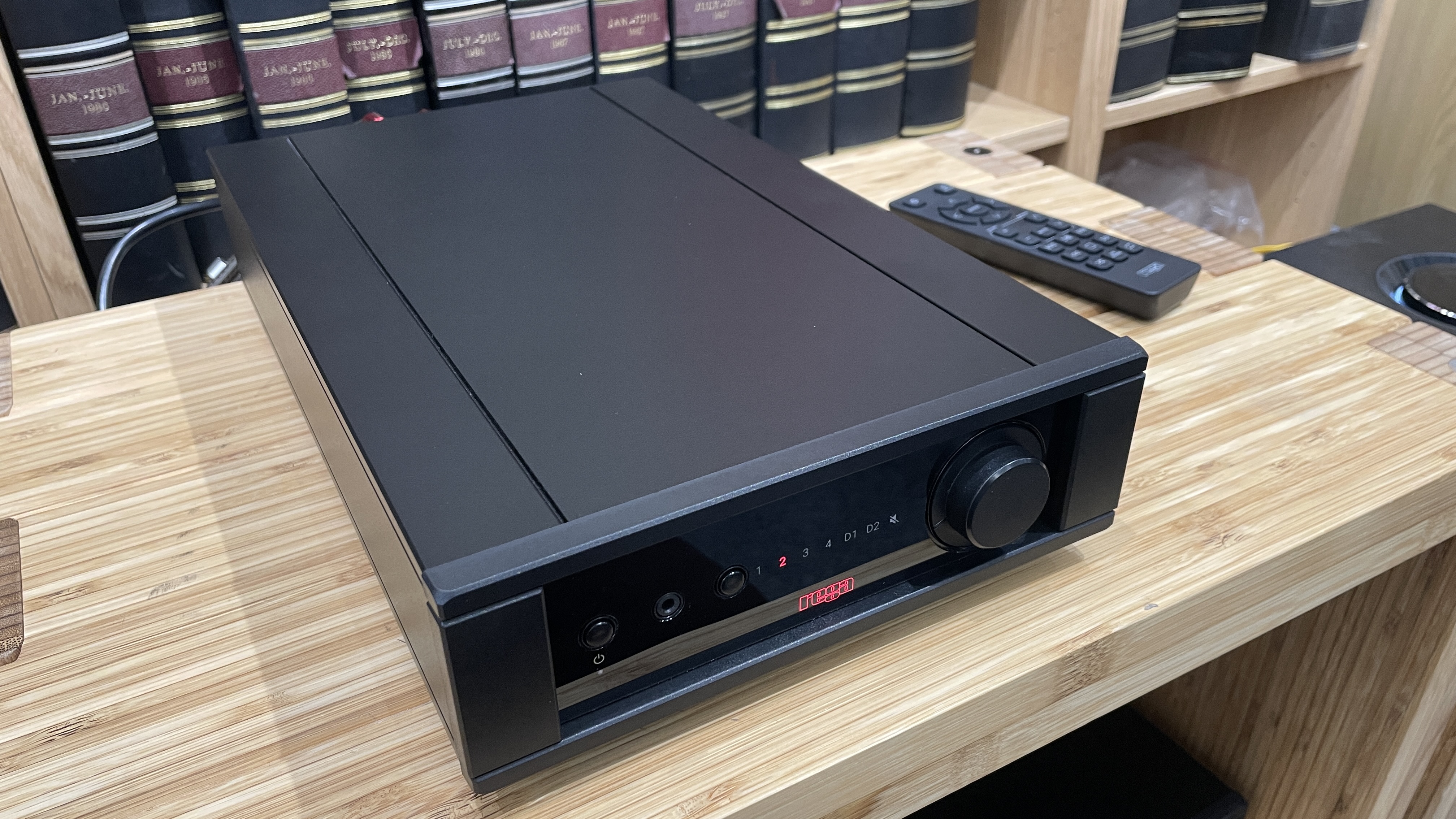
The Brio’s headphone output maintains the high standards. We try the Mk7 with the Grado SR325x and Austrian Audio’s high-end The Composer, and it works well regardless. Our only complaint is that there isn’t much in the way of usable travel on the motorised volume control; the level can easily go from ‘quiet’ to ‘way too loud’ with the turn of just a few degrees.
How does the Brio Mk7 compare to its main rival, the Arcam A5? That’s a tough one as their presentations are so different. The Rega is the more energetic and dramatic performer, capturing the excitement in music brilliantly.
The Arcam takes a measured approach, prioritising articulation, space and refinement, while still delivering highly entertaining results. The two are so close in ability that the choice between them comes down to your system and taste.
Verdict
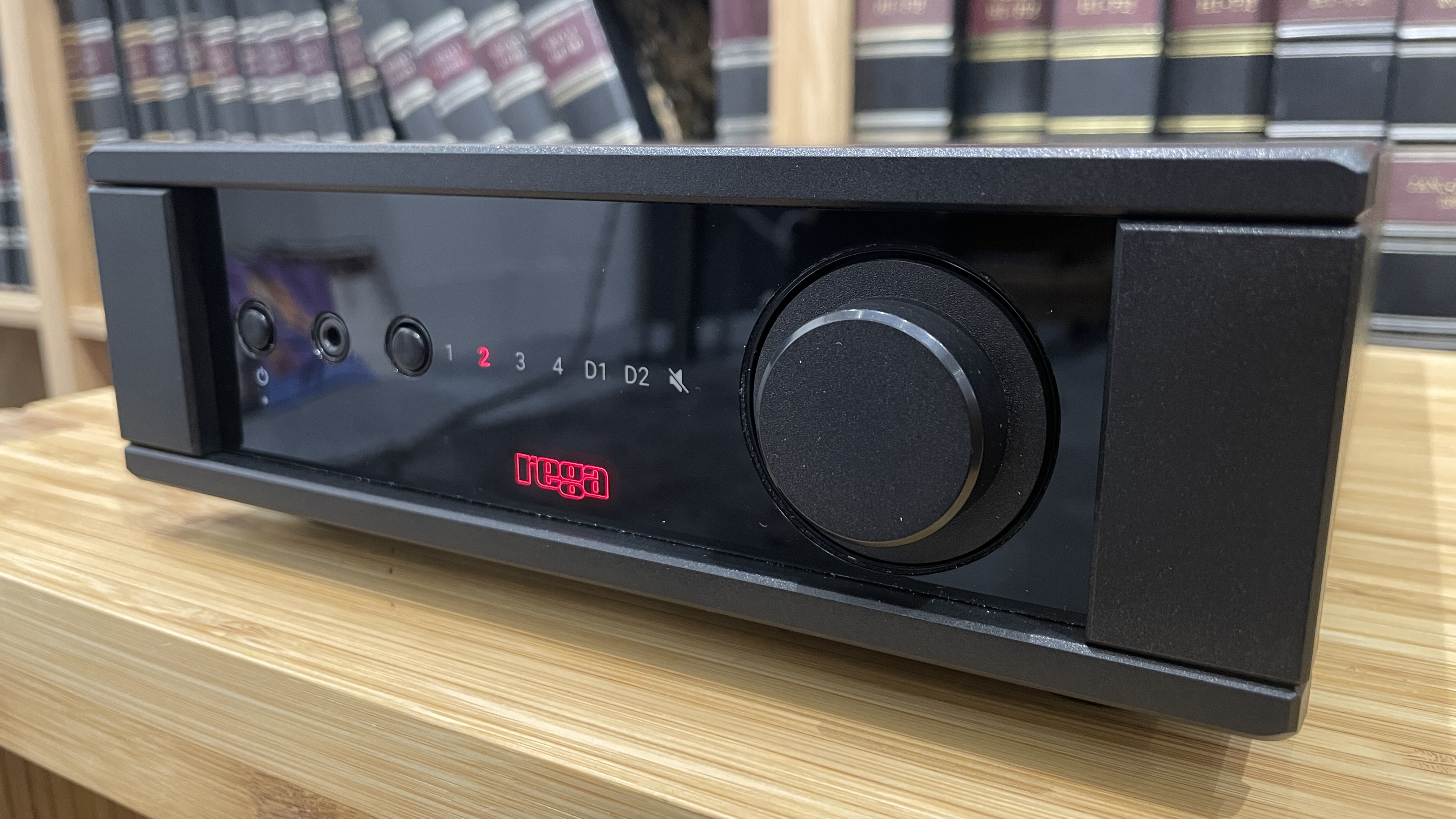
Regardless, Rega has taken a real step forward with this amplifier. We worried that the jump in price was going to be a problem, but that hasn’t turned out to be the case. This integrated is a strong all-rounder that is made all the more appealing by its great-sounding digital section.
If you are looking for a top-class stereo amplifier anywhere near this price level, the Brio Mk7 has to be on your shortlist.
Review published: 28th April 2025
SCORES
- Sound 5
- Build 4
- Features 5
MORE:
Read our review of the Arcam A5
Also consider the Arcam A15
Read our Rega io review
Best stereo amplifiers: 9 class leaders chosen by our review experts

Ketan Bharadia is the Technical Editor of What Hi-Fi? He has been reviewing hi-fi, TV and home cinema equipment for almost three decades and has covered thousands of products over that time. Ketan works across the What Hi-Fi? brand including the website and magazine. His background is based in electronic and mechanical engineering.
- Andy Madden
- Harry McKerrellSenior staff writer
You must confirm your public display name before commenting
Please logout and then login again, you will then be prompted to enter your display name.
